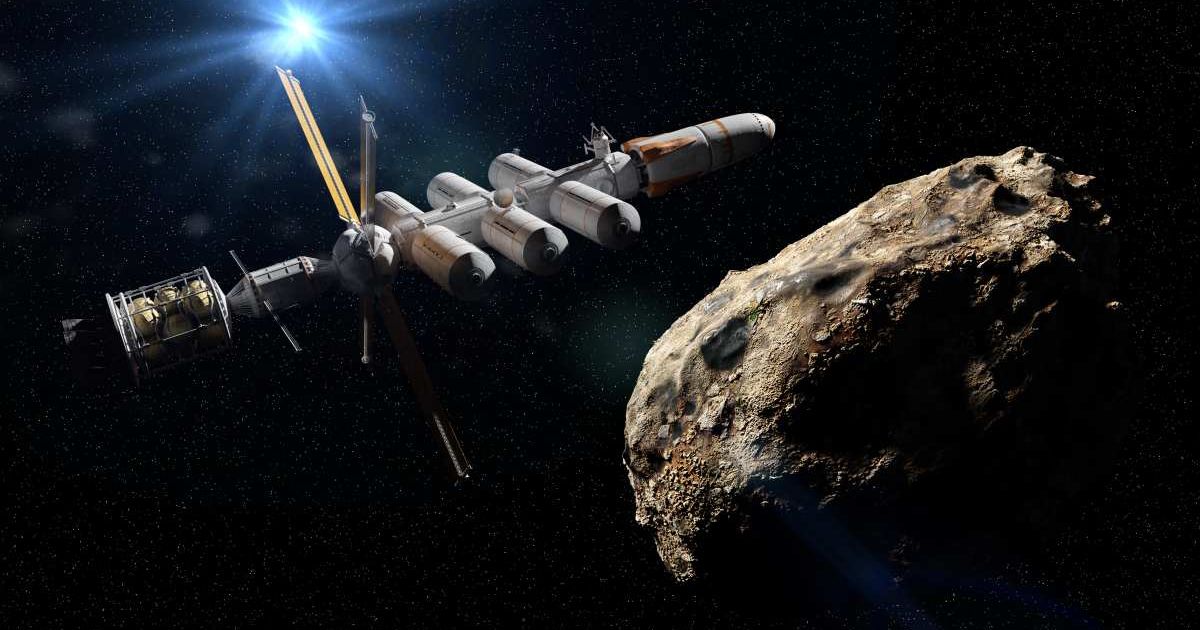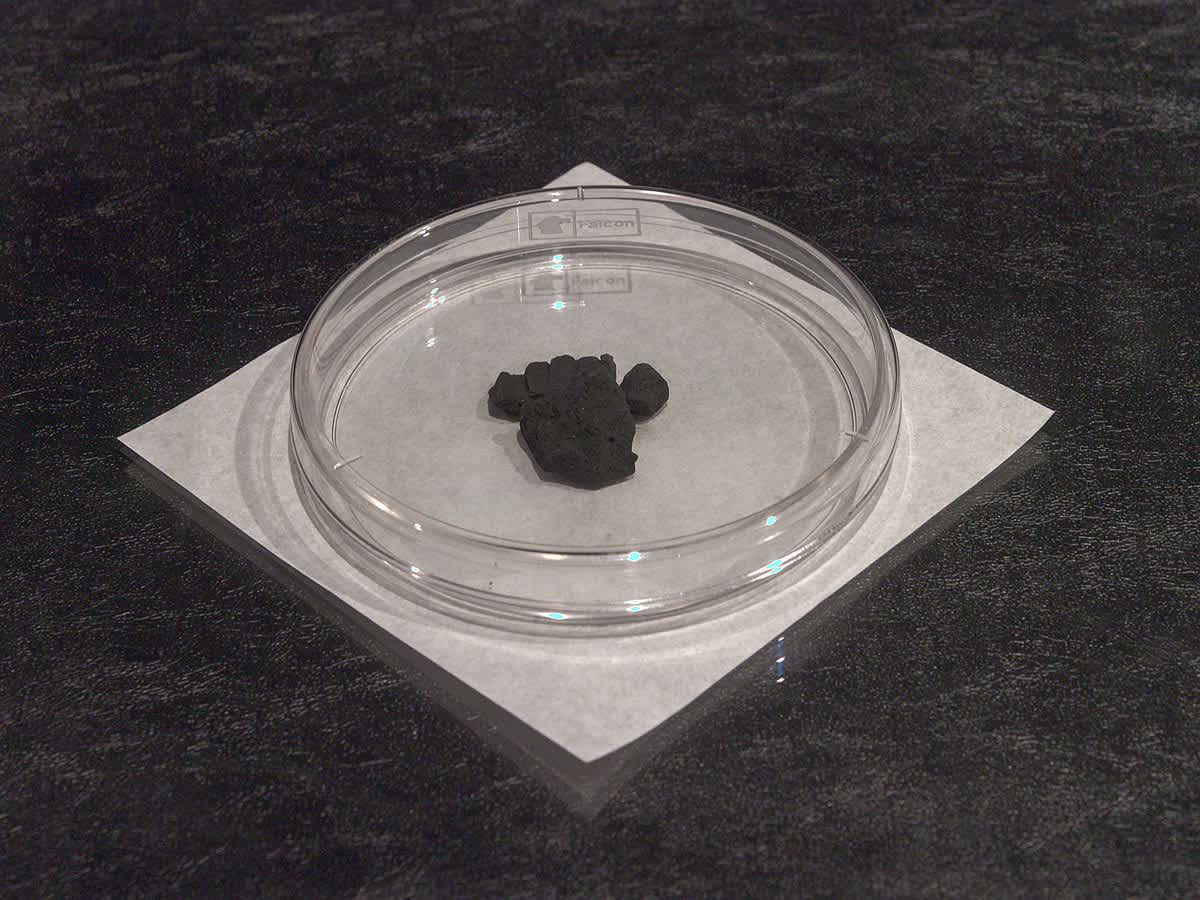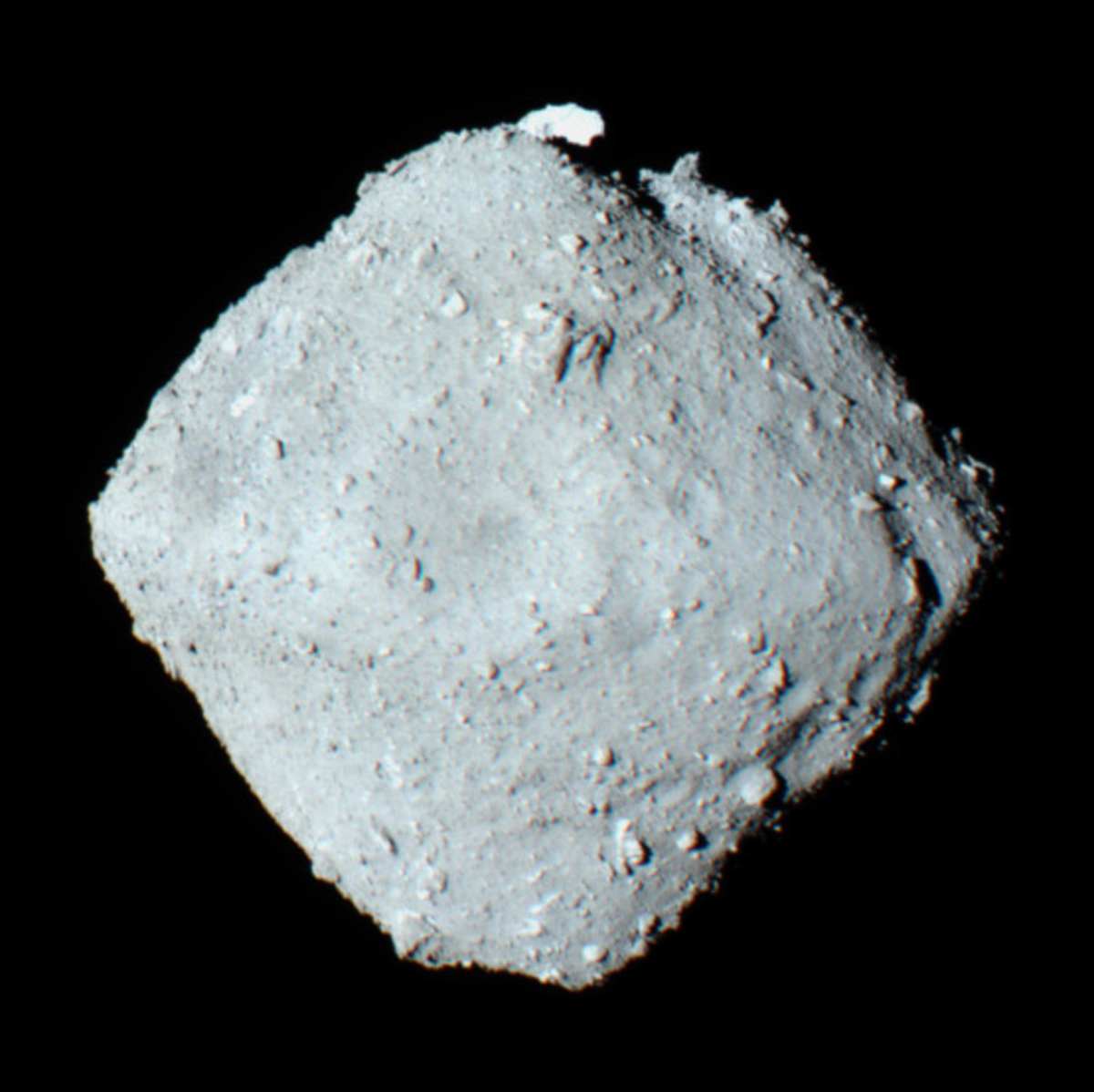Water once flowed through asteroid Ryugu and possibly in early solar system, Japanese researchers claim

Experts have uncovered some new insights into asteroid Ryugu. These insights were explained in the journal Nature. Researchers found that the parent rock of this asteroid held flowing water for over a billion years. If the assertions turn out to be true, then this means that the early solar system was more dynamic than experts previously believed. Ryugu's samples were brought back to Earth by the Japanese mission Hayabusa2. Since the samples have come into the hands of astronomers, they have led to some startling revelations.

Features of Ryugu
Ryugu measures around 3,000 feet in diameter and looks like a spinning top, according to IFLScience. The asteroid is reportedly composed of several small rocks and some larger boulders. The Japanese Space Agency (JAXA) sent Hayabusa2 to collect samples from the asteroid's surface and subsurface region. Further investigation of these samples revealed the presence of organic material. Researchers examined the ratio between two radioactive elements, like lutetium (Lu) and hafnium (Hf), to understand how it progressed for centuries. The results suggested that lutetium was washed away from the rocks, possibly due to water.

Analysis of Radioactive Decay
The radioactive decay of lutetium-176 (176Lu) to hafnium-176 (176Hf) reveals geological conditions in which the asteroid has sustained over the years, according to Science Alert. Researchers noted that the decay was interrupted at certain points, which mostly happens due to interference by liquid water. Several other hypotheses could be responsible for the condition. However, researchers eventually concluded that the cause was late fluid flow. Today, Ryugu is all dried out, but it once was very wet, suggesting the same for the early solar system.
Insights Suggested by the Study
If water did flow through Ryugu, then the asteroids may have brought much more water to Earth than previously assumed, according to New Scientist. Ryugu is a near-Earth asteroid in the inner solar system, but past findings suggest that they were made in the outer solar system. Japan's Hayabusa 2 spacecraft brought back material from it in 2020. After analyzing the radioactive decay of lutetium (Lu) and hafnium (Hf), researchers concluded that Ryugu was 4.8 billion years old, far older than the solar system.
The team used an 80-milligram sample of the near-Earth asteroid for their examination, and believed that Ryugu broke apart from a 'planetesimal' in the outer solar system and then made its way to its current position. The planetesimal was composed of ice and dust and appeared to have undergone thawing a billion years after its formation. Researchers speculate that a collision broke the planetesimal into fragments, where the thawing continued, facilitating the melting of buried ice as well as the flow of water. The collision possibly turned the planetesimal into a water balloon, which released liquid-filled asteroids into the inner solar system, one of which turned out to be Ryugu.
If the assertions are true, then the quantity of water associated with rocky bodies that struck young Earth billions of years ago, according to several models, is much more than what is currently presumed. Furthermore, Ryugu is an apt answer to one of the questions posed against the theory of asteroids bringing water to Earth. Researchers could not align the fact that the inner solar system did not exhibit much moisture during the early days of Earth with this theory.
Ryugu shows how water was present in asteroids of the inner solar system during the early days of the planet. "The idea that Ryugu-like objects held on to ice for so long is remarkable," geochemist Tsuyoshi Iizuka from the University of Tokyo shared. "It suggests that the building blocks of Earth were far wetter than we imagined. This forces us to rethink the starting conditions for our planet's water system."